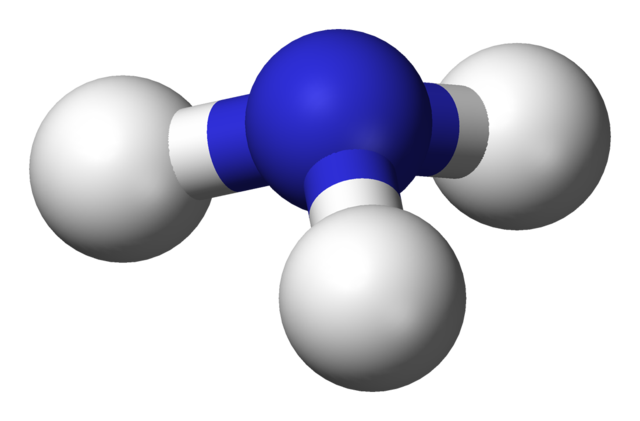| |
|
1. When methane reacts with steam the temperature falls.
The equation for the reaction is:
CH4 + H2O ⇌ CO + 3H2
What does the symbol ⇌ represent, and is the reaction between methane and steam exothermic or endothermic? |
|
| |
meaning of ⇌ |
Reaction type |
| A |
equilibrium |
endothermic |
| B |
equilibrium |
exothermic |
| C |
Reversible reaction |
endothermic |
| D |
Reversible reaction |
exothermic |
|
|
Q2+3:
The following reversible reaction was investigated:
NH4Cl(s) ⇌ NH3(g) + HCl(g)
2. What conditions are required to make this reaction go in the forward and the reverse directions? |
|
| |
Forward |
Reverse |
| A |
heat |
cool |
| B |
heat |
heat |
| C |
cool |
cool |
| D |
cool |
heat |
|
|
3. What type of reaction is the forward reaction?
- A. neutralization
- B. precipitation
- C. sublimation
- D. thermal decomposition
|
|
4. Which one of the following statements is true about reversible reactions?
- A. All reactions are reversible under lab conditions
- B. All reversible reactions are in dynamic equilibrium
- C. All reactions go to completion under lab conditions
- D. The direction of some reversible reactions can be altered by changing the reaction conditions
|
|
Q5+6:
Reversible reactions that are in dynamic equilibrium have two characteristics. |
|
5. One of the characteristics is that the ..
- A. forward reaction is faster than the reverse reaction
- B. forward reaction is slower than the reverse reaction
- C. forward and reverse reactions both stop
- D. forward and reverse reactions occur at the same rate
|
|
6. The second characteristic is that the ..
- A. concentrations of reactants and products are equal
- B. concentrations of reactants and products are constant
- C. concentration of reactants is less than concentration of products
- D. concentration of reactants is more than concentration of products
|
|
| 7. Hydrated copper(II)sulfate can be converted to anhydrous copper(II)sulfate by heating strongly. The reaction is reversible:
CuSO4.5H2O(s) ⇌ CuSO4(s) + 5H2O(g)
The forward reaction is endothermic and absorbs 78.2 kJ/mol. |
|
Which statement is true about the reverse reaction?
- A. It is exothermic and releases less than 78.2kJ/mol
- B. It is exothermic and releases 78.2kJ/mol
- C. It is also endothermic and absorbs more than 78.2kJ/mol
- D. It is also endothermic and absorbs 78.2kJ/mol
|
|
Q8-12:
Ammonia is produced industrially in the Haber Process.
The forward reaction is exothermic.
N2(g) + 3H2(g) ⇌ 2NH3(g)
|
 |
8. What gases will be present at equilibrium?
- A. nitrogen and hydrogen only
- B. ammonia only
- C. nitrogen, hydrogen and ammonia
- D. hydrogen only
|
|
| 9. What happens to the rate of reaction when the temperature is increased in the Haber Process? |
|
| 10. What happens to the position of equilibrium when the temperature is increased in the Haber Process? |
|
| 11. What happens to the rate of reaction when the pressure is decreased in the Haber Process? |
|
| 12. What happens to the position of equilibrium when the pressure is decreased in the Haber Process? |
|
|
